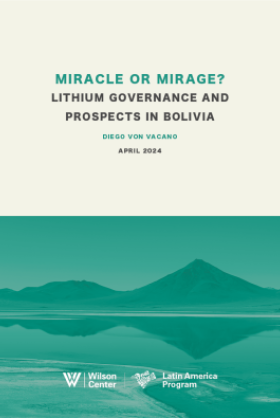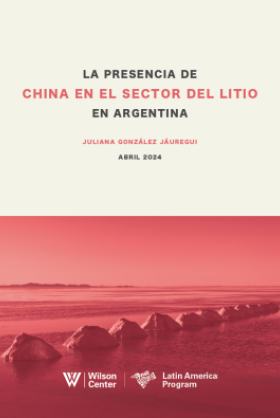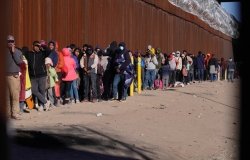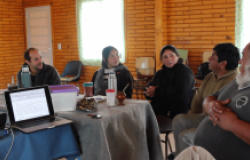Detroit: Planning for a City of the Future
On Friday February 21, Detroit’s leaders filed in bankruptcy court the first official plan for moving the city to solvency. While judges were deliberating and lawyers were filing their motions, more than six dozen of the best urban minds joined together to think through the future of one of North America’s most troubled cities.
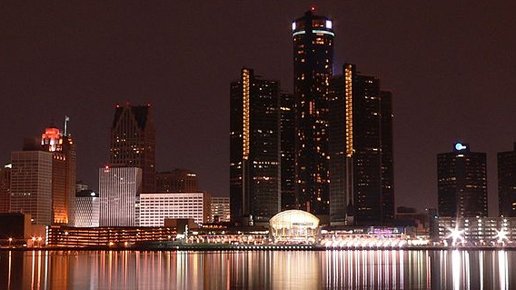
On Friday February 21, Detroit’s leaders filed in bankruptcy court the first official plan for moving the city to solvency. The plan envisions repaying the city’s more than 100,000 creditors, tearing down tens of thousands of blighted buildings, shrinking the city’s physical footprint, encouraging start-up ventures, and investing in improved core city services. The approach is ambitious and represents an important step in re-inventing Motor City. Much of the proposed roadmap will be contested in court and in political battles. However, at least one pathway forward has been set down with authority that will encourage the start of a sustained effort to bring Detroit back.
Just a day before the plan was presented, the innovative urban-oriented non-profit organization Meeting of the Minds convened two meetings in Detroit to discuss the longer-term implications of planning for the beleaguered city’s future. The brainstorming workshops included a number of corporate and civic leaders from around Detroit and Michigan in one session, and international planners and urban thinkers in the second session.
The Wilson Center’s Urban Sustainability Laboratory was among the participating organizations. While judges were deliberating and lawyers were filing their motions, more than six dozen of the best urban minds joined together to think through the future of one of North America’s most troubled cities.
Rather than look backwards at how to untangle the legal and fiscal uncertainties, those gathered by Meeting of the Minds purposefully looked forward past the moment when the wrangling over bankruptcy will have been resolved. Interestingly, attention rather quickly turned to considering what might happen if the myriad of experiments taking place in Detroit were to prove successful.
How can we think about a Detroit that has been re-fitted and competitive? That future might seem unattainable at the moment; and yet if Detroit is to “come back” how might the city be able to manage success a decade or two from now? The city can only do so by imagining and engaging with the possibility of a successful Detroit.
Twenty years ago, few policymakers and planners prepared the city for the disaster that was to follow. By the time we come to know a city it already has changed. This reality of constant change increases the complexity of planning, or preparing for the urban future. Yet we must do so.
The challenges of thinking about what Detroit might be in a decade or two are similar in form if not in detail with the challenges of thinking about how cities around the world need to prepare for an urban world in which there will be hundreds of millions of new city residents all demanding services, infrastructure and access to jobs.
As the history of Detroit suggests, the time to start planning is now. And yet, planning requires considering urban processes which interact with one another in unpredictable ways. The act of urban planning and policy making thus becomes not simply imagining a static outcome, but engaging in a process which brings citizens, civic leaders, political leaders, entrepreneurs and businesses all together. In a digital age, we must also consider how big data, social media, and new technologies can enhance the process.
Perhaps the most exciting lesson to emerge from the discussions in Detroit are that system modeling and planning begin to make possible such engagement with an urban future. Yet the technology needs to connect with the very real lives and realities of the people on the ground. Complex systems simulation can only forecast the future of a distressed Detroit, or of a successful Singapore if those simulations are tied to the lived lives of the people who actually live in cities.
Dreary mid-winter days in a blighted city such as Detroit would not appear at first glance to offer up much hope for the urban future. Yet, these meetings did. Drawing on people and organizations committed to Detroit, it is clear that the city is garnering positive energy. As it does so – and as that energy creates a new Detroit – Motor City could well offer up lessons not only about managing decline, but about managing success as well.
About the Author

Blair A. Ruble
Former Wilson Center Vice President for Programs (2014-2017); Director of the Comparative Urban Studies Program/Urban Sustainability Laboratory (1992-2017); Director of the Kennan Institute for Advanced Russian Studies (1989-2012) and Director of the Program on Global Sustainability and Resilience (2012-2014)

Urban Sustainability Laboratory
Since 1991, the Urban Sustainability Laboratory has advanced solutions to urban challenges—such as poverty, exclusion, insecurity, and environmental degradation—by promoting evidence-based research to support sustainable, equitable and peaceful cities. Read more


